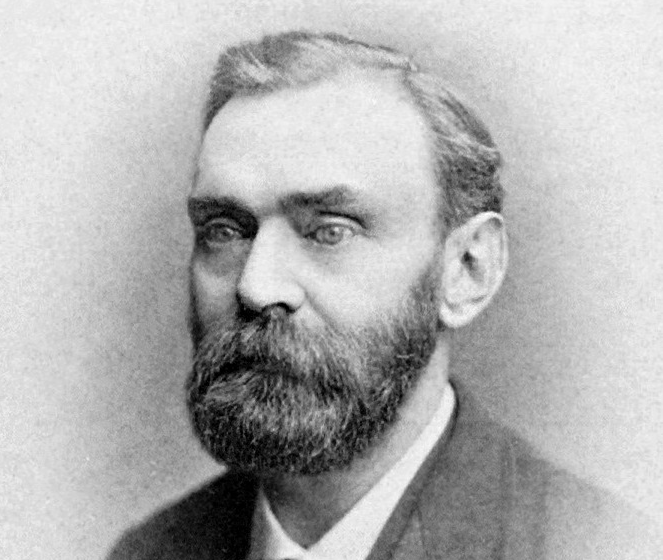
eBequest Leverages $90+ Trillion in Generational Assets
to Support the Formation of a More Scalable Network for Personal Data and Tokenized Assets



eBequest Protocol and Modern Nobels
From the way nature incentivizes living beings to pass on the seed of life, to the mechanisms of blockchain networks incentivizing coin miners, eBequest represents a new and improved model for the natural flow of information and the transfer of data and assets.
Alfred Nobel
Nobel's final signing of his Last Will and Testament led to the establishment of a social structure incentivizing contributions that bring about the greatest benefit to humankind.
Computer Scientists
The Internet was initially created to facilitate connections among scientists, later expanding to include the general public, with the aim of addressing global issues on a larger scale.
Coin Miners
Truth Machines encompass an experimental mechanism where a specific group of internet users, often referred to as coin miners, are incentivized to keep them running. Among the pivotal advancements during this era was the establishment of an Immutable Database, impervious to modification or control by any earthly entity. This database serves as the ultimate source of truth. The network tasked with upholding this Immutable Database is appropriately dubbed Truth Machines.
Modern Afred Nobels
Regardless of the size or value of their fortunes, modern Alfred Nobels pass on their data and assets using the proposed eBequest protocol. Naturally and efficiently, every modern Alfred Nobel contributes to keeping the Network of Truth Machines running perpetually.
